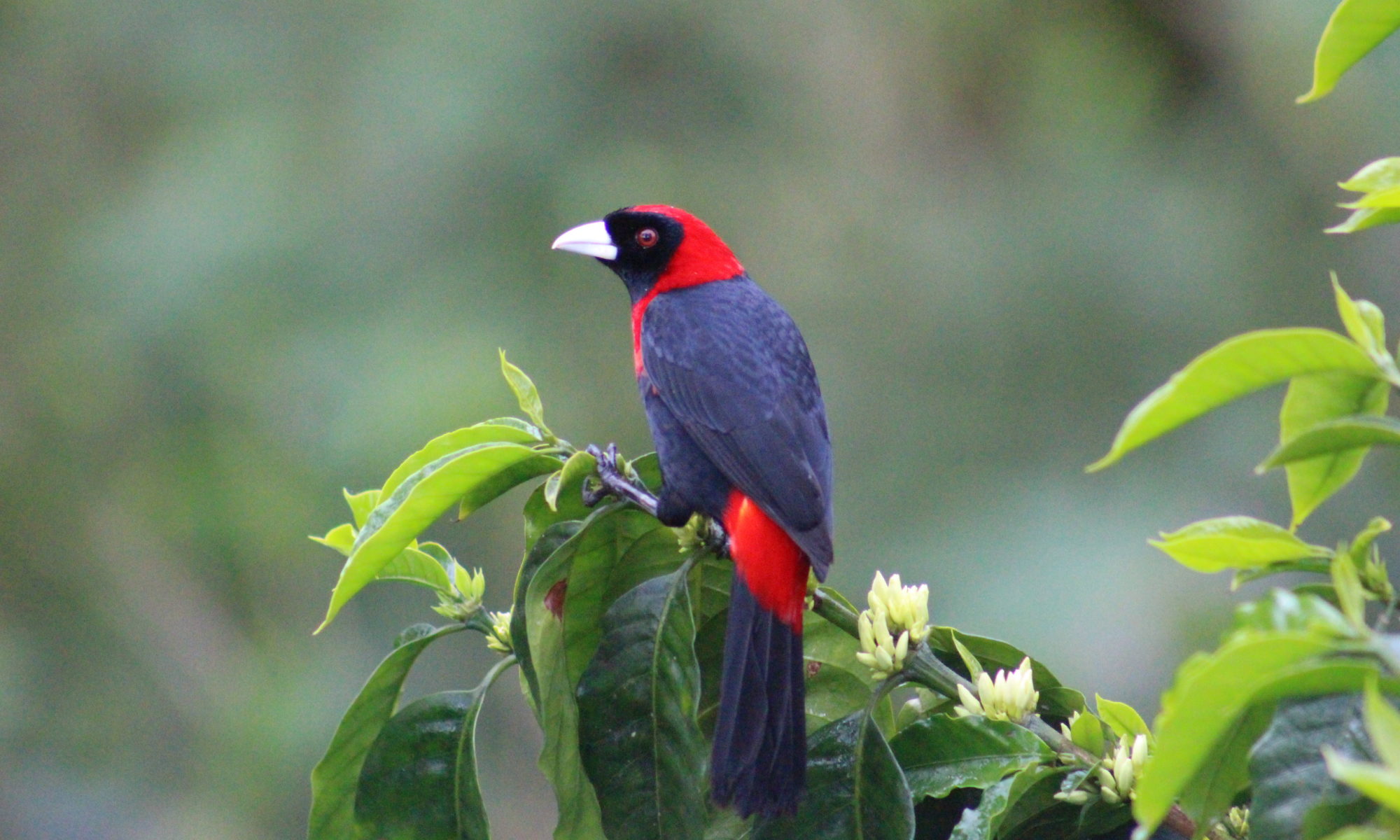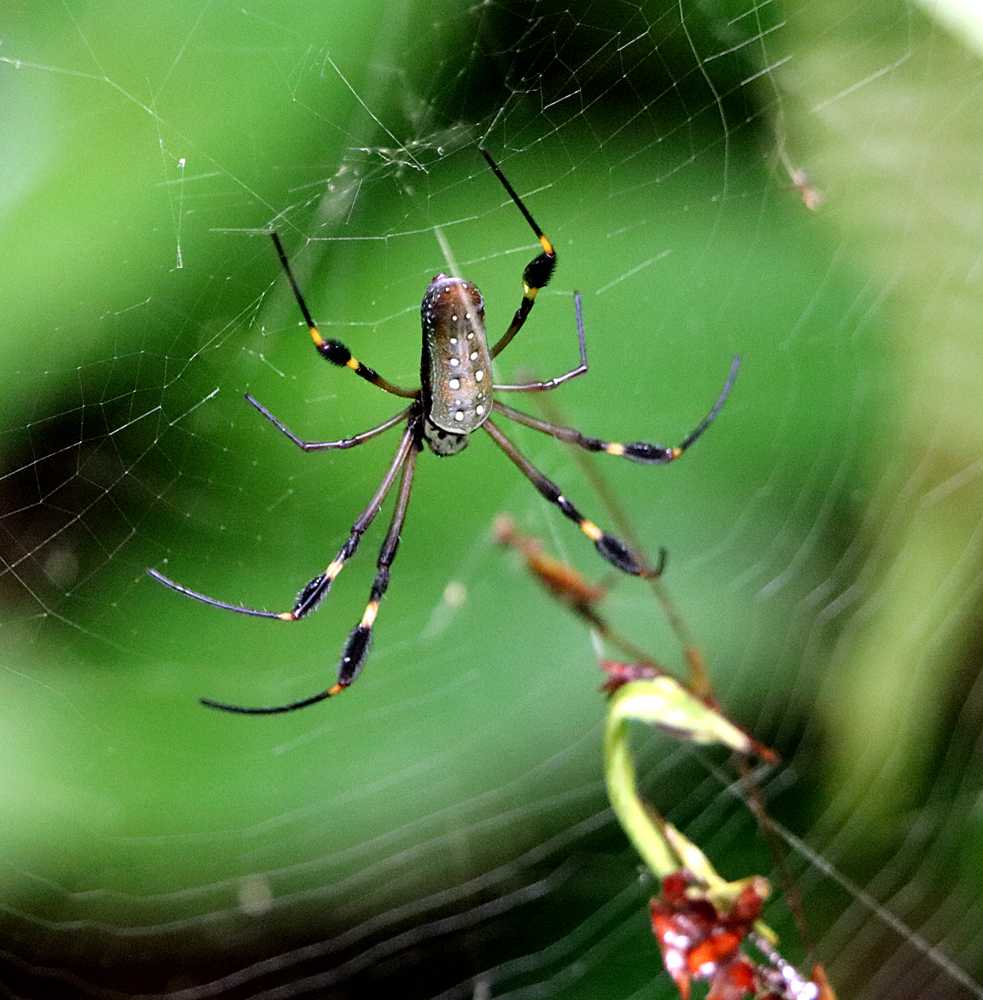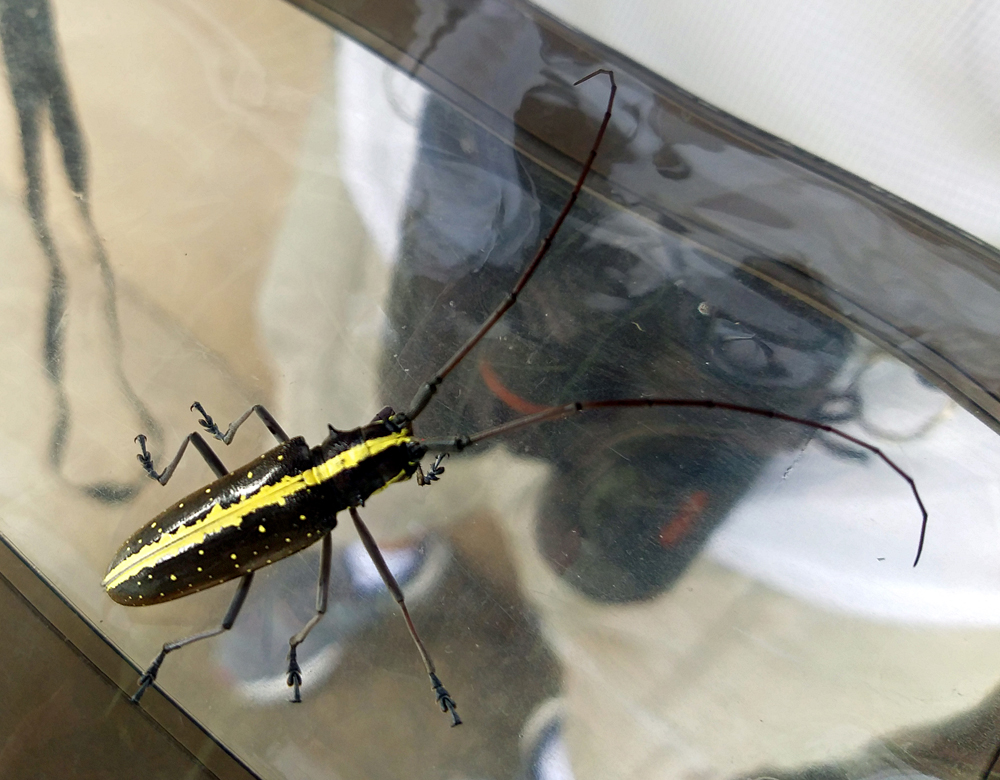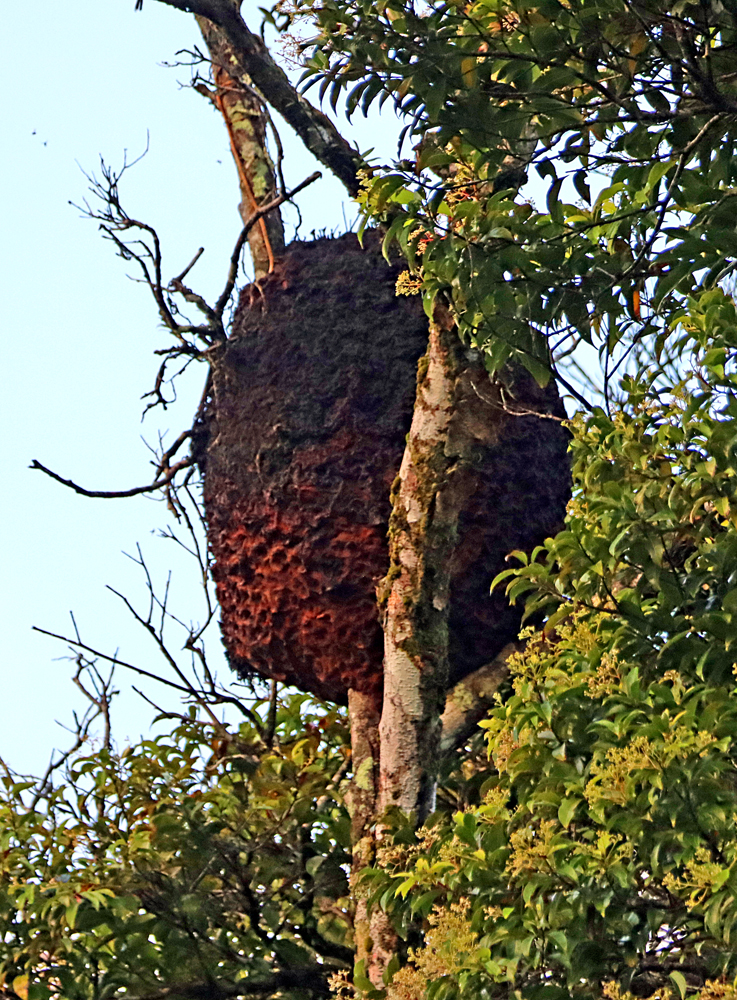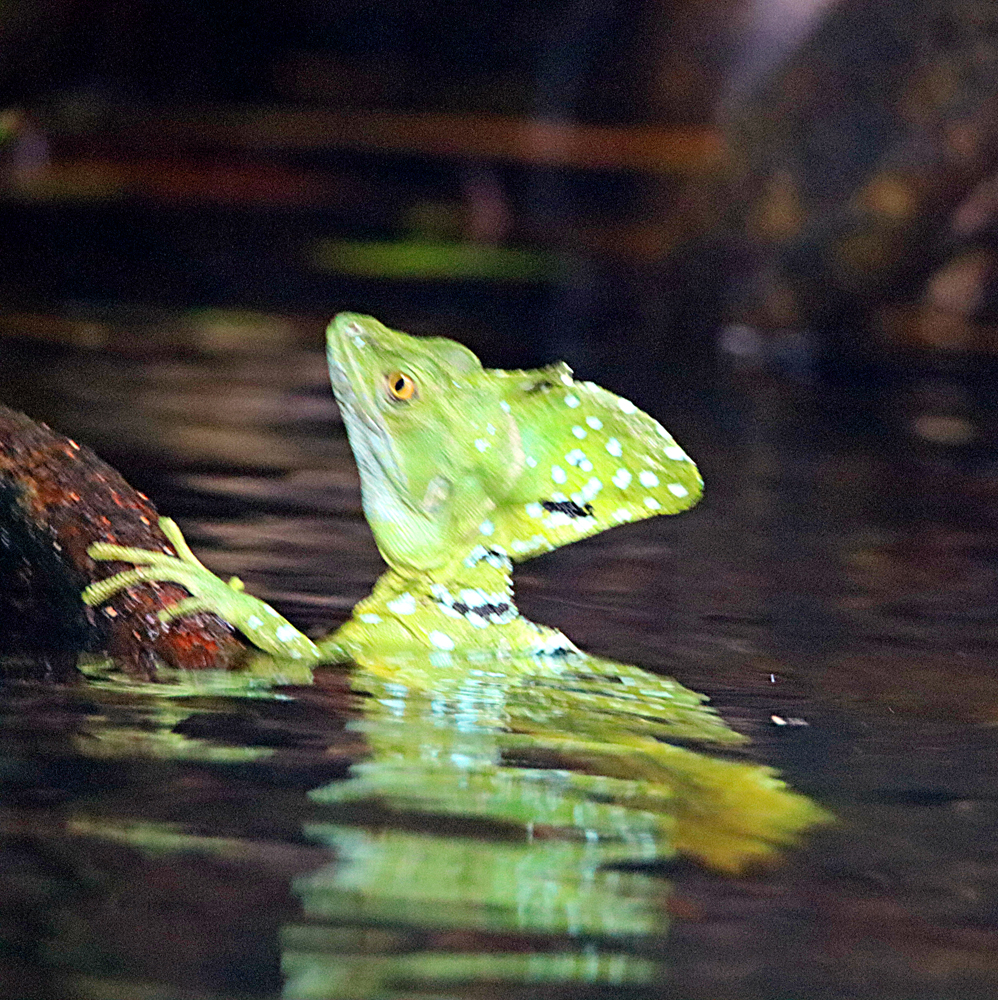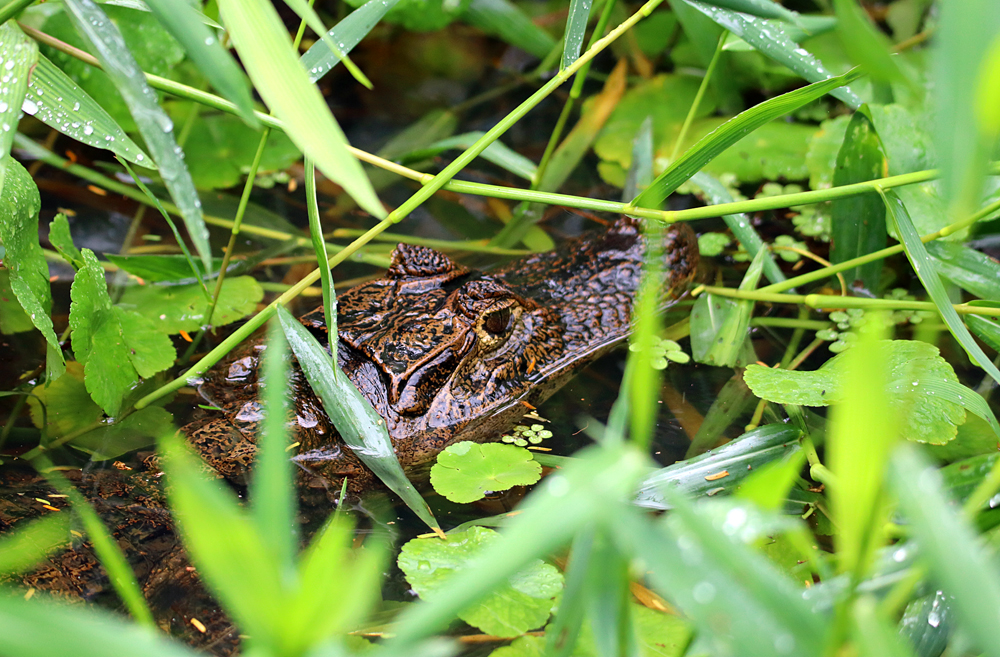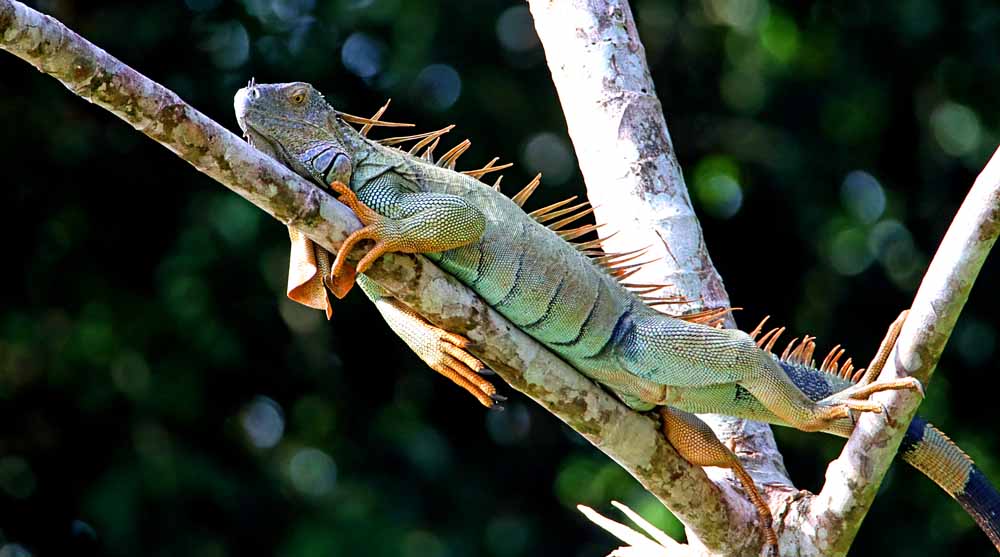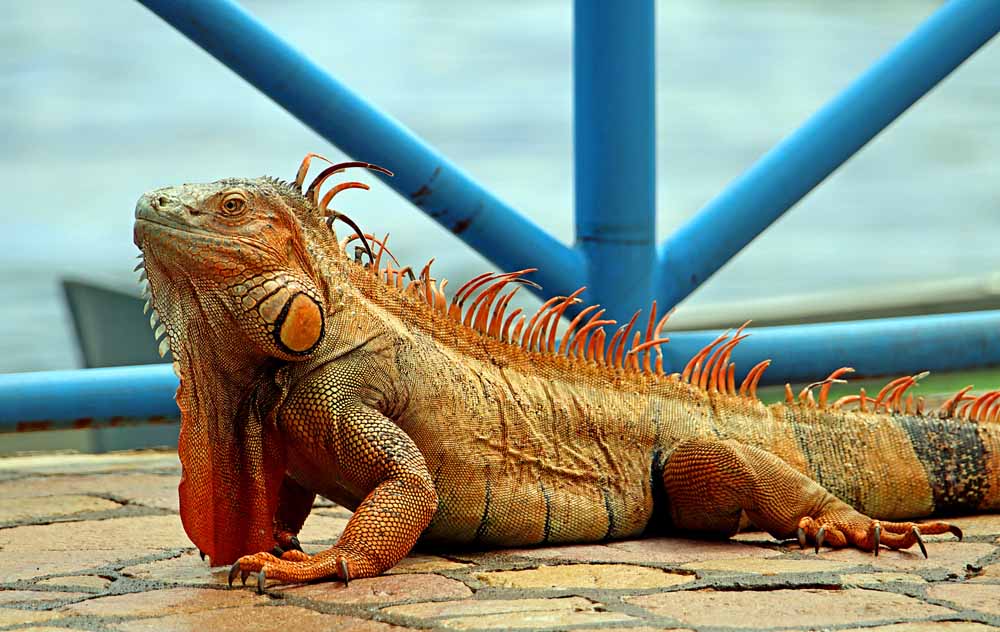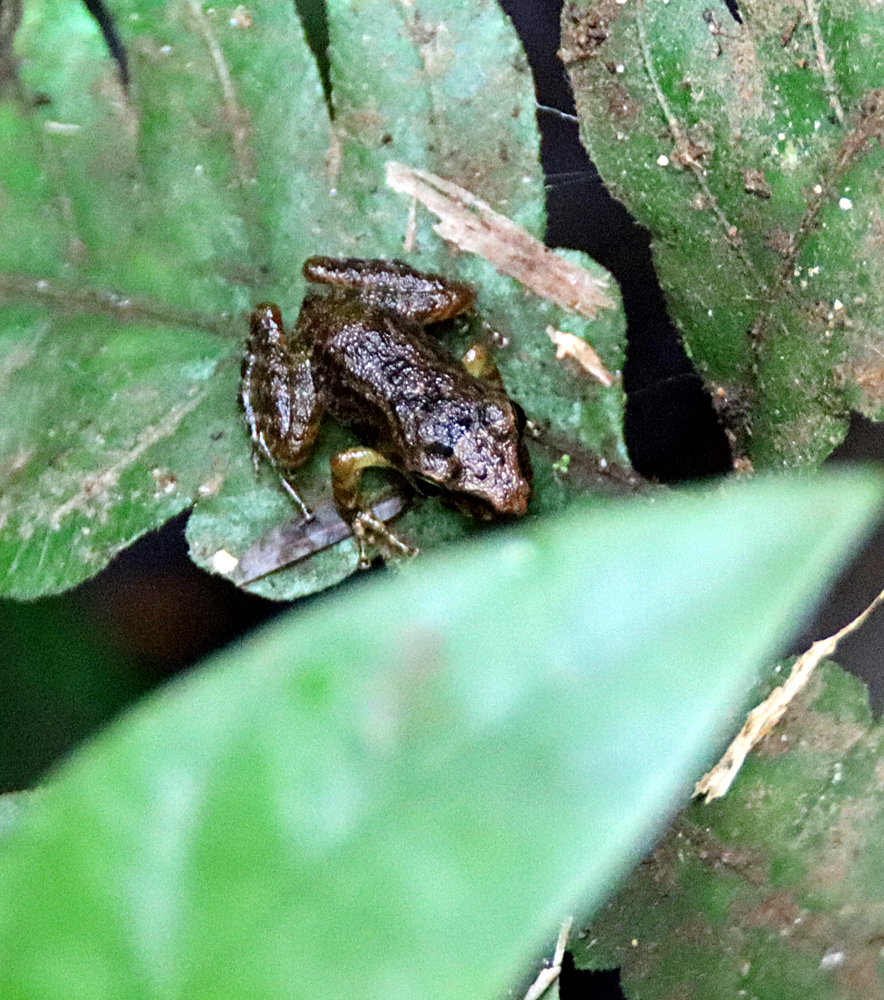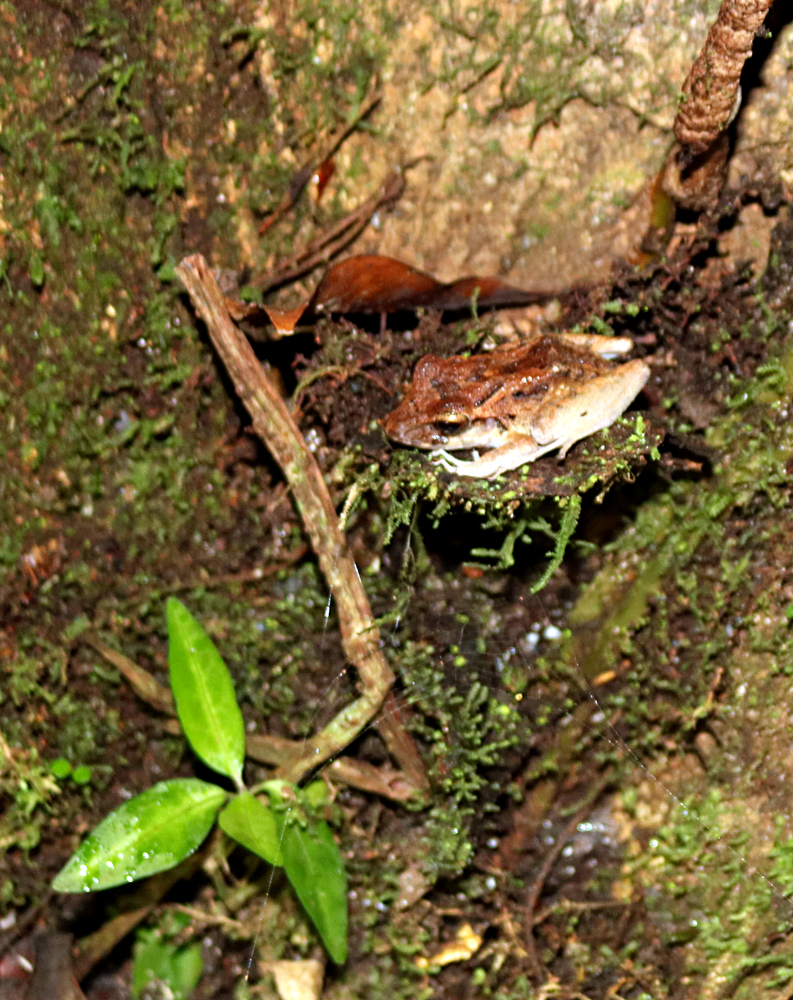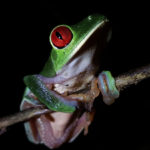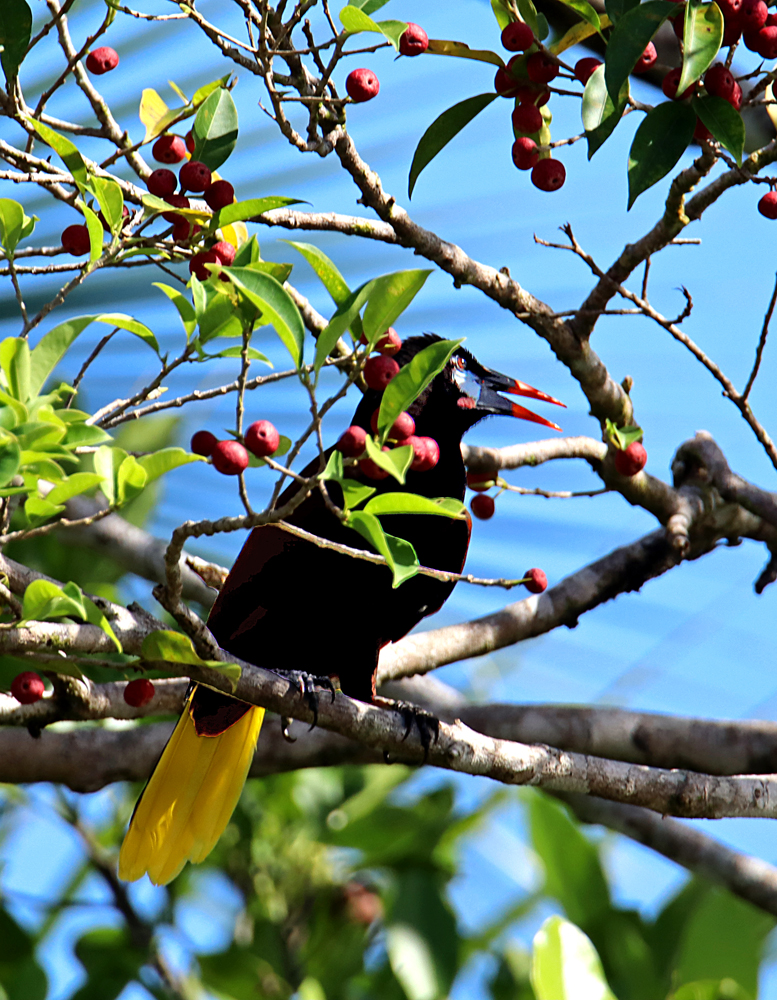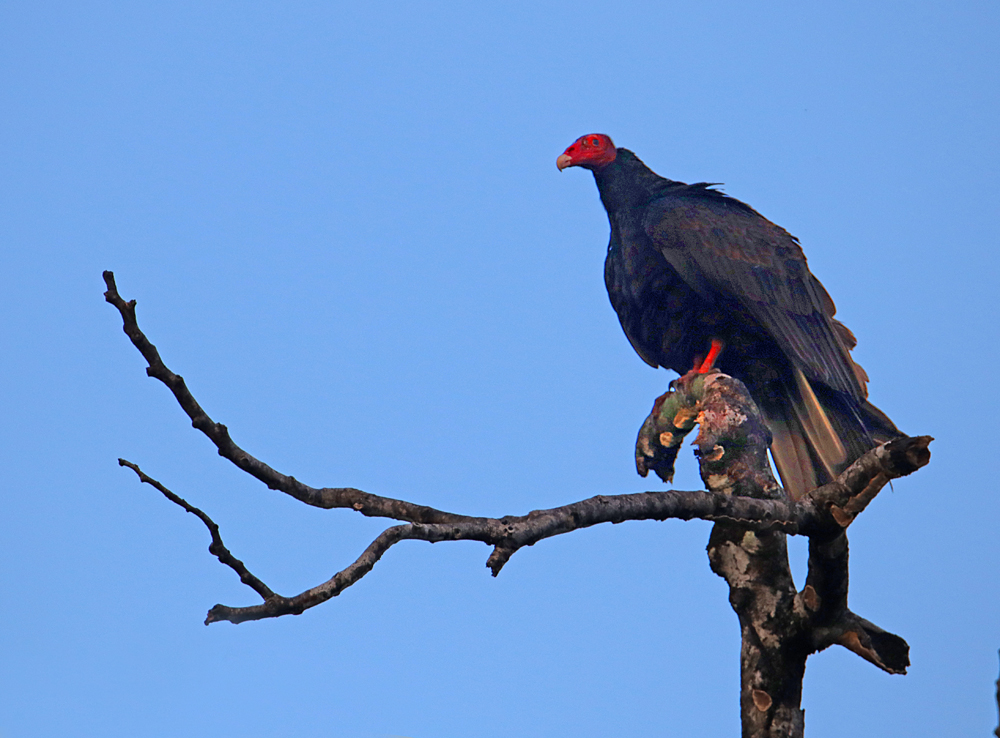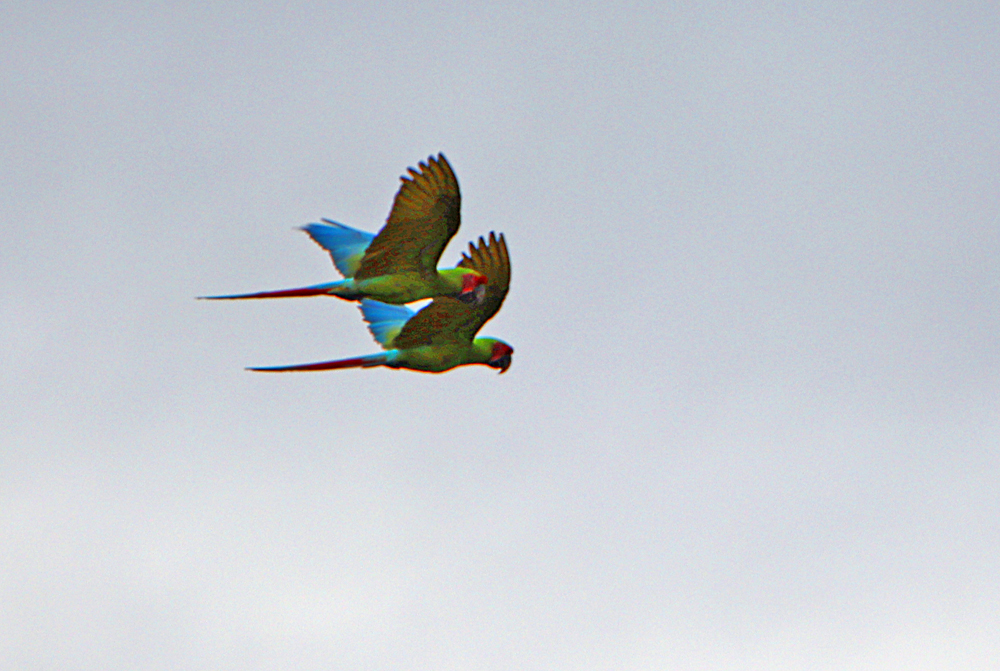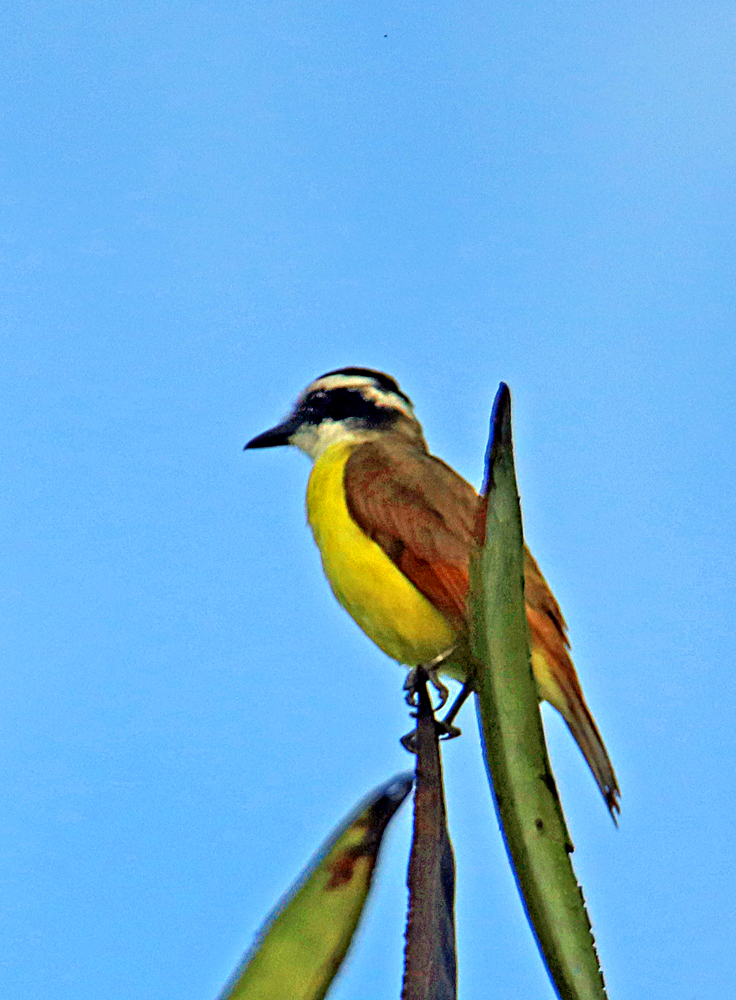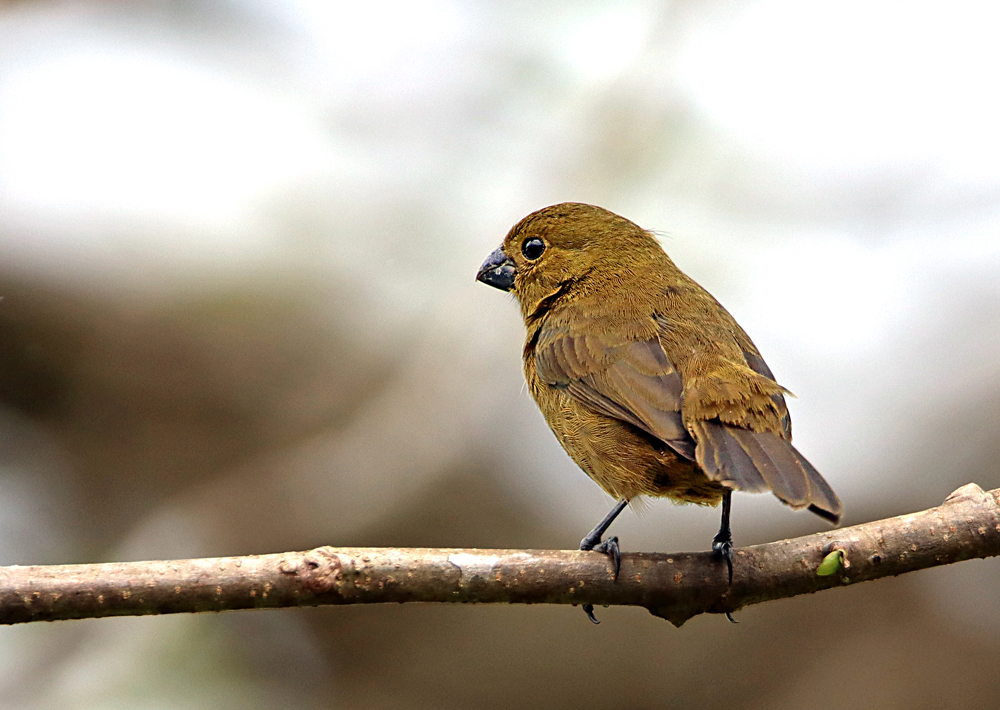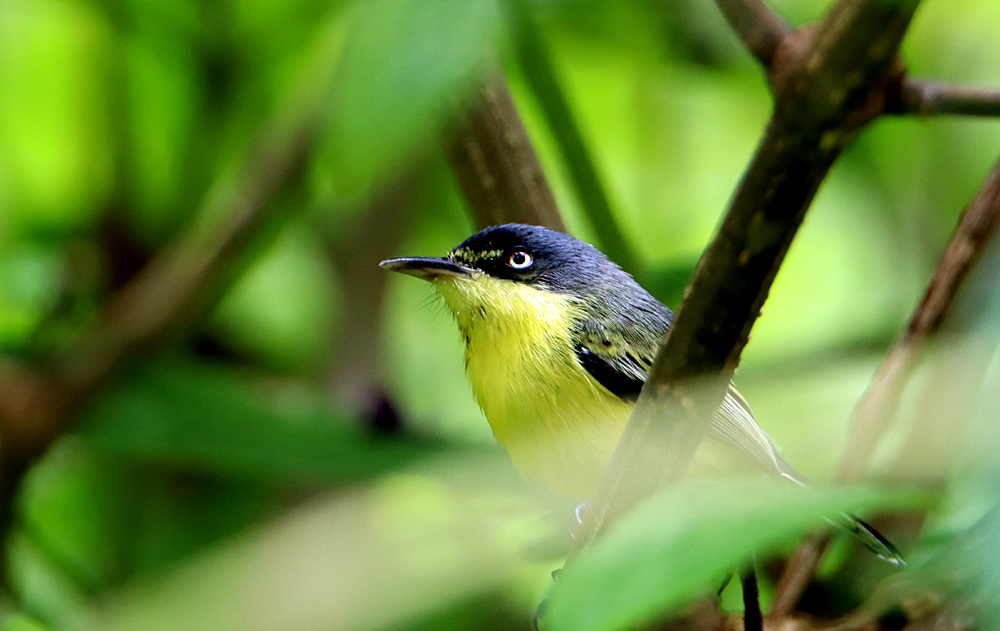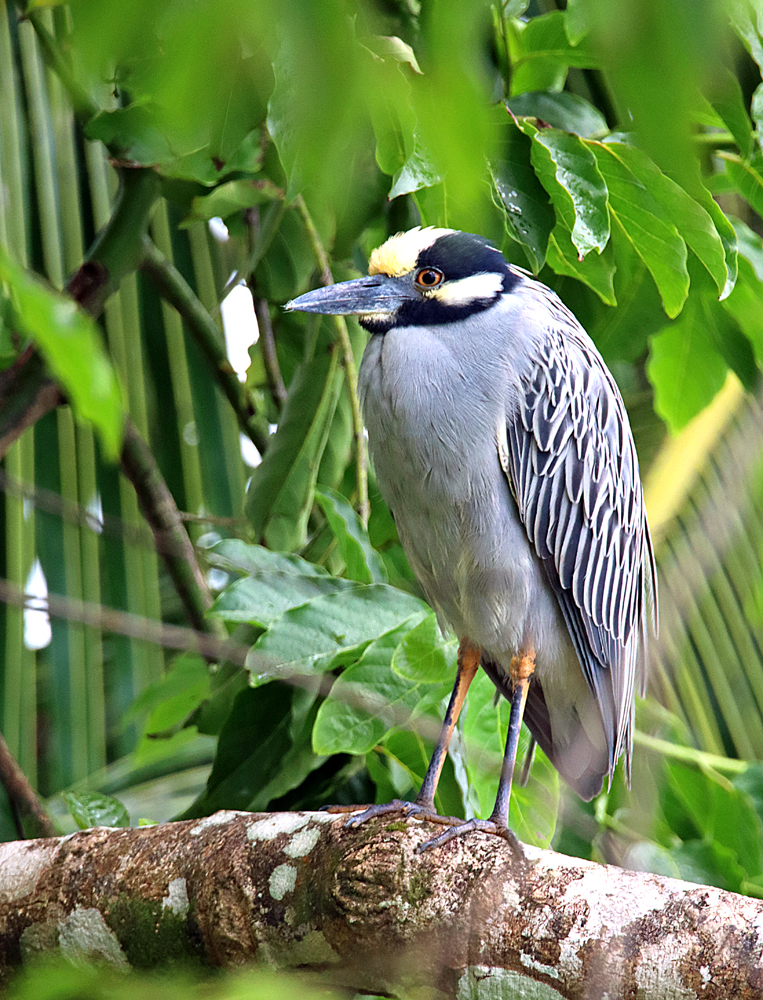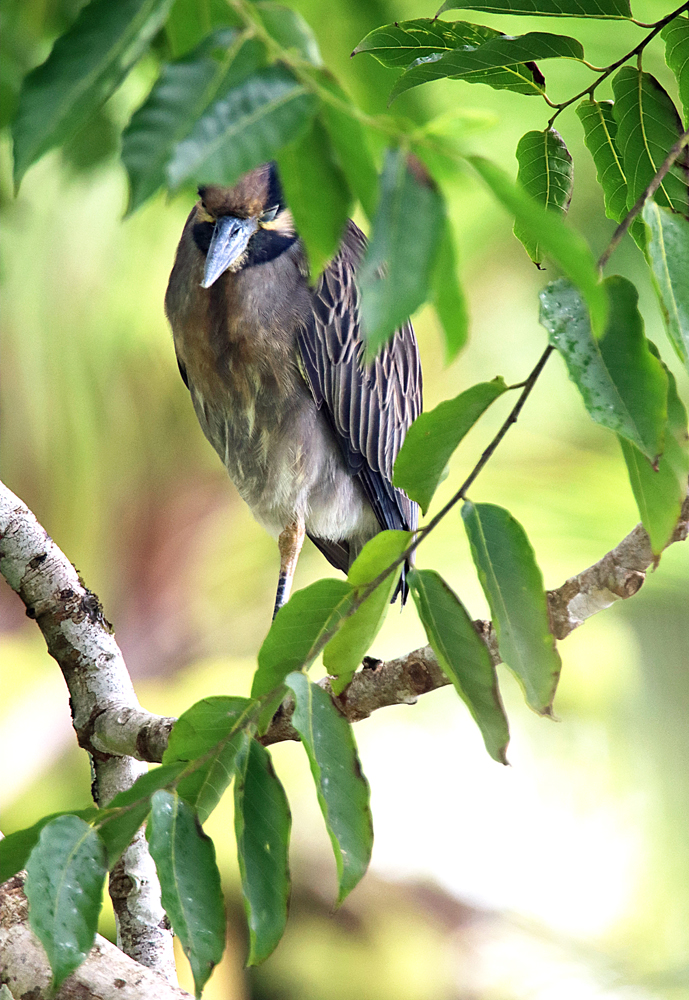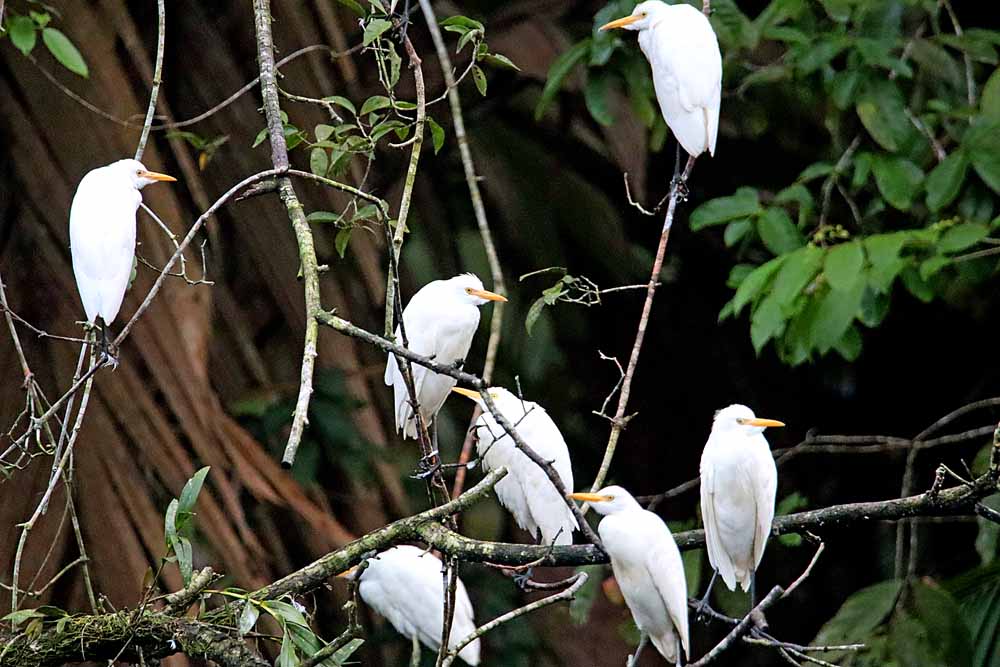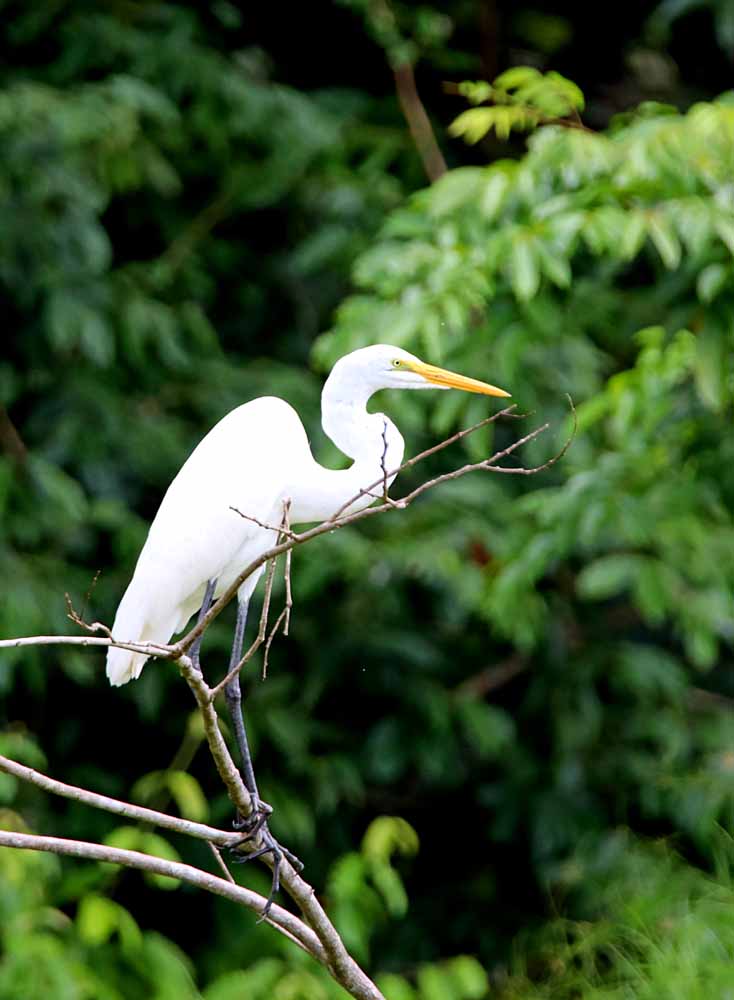I have kind of quit evaluating lodges and hotels on TripAdvisor like I used to do after every trip and in some ways I’m finding it more difficult to “rank” lodges, like I did earlier by just the number of birds I photograph there.
At more than 82 and 1/2 years old, I’m looking for comfort more than in earlier adventures and simply do not go camping anymore, not to mention backpacking. So a comfortable room and good food are more important to me now, even though photographing nature still comes first. 🙂

First, I Changed How I Get There & Back
Most of the lodges provide a free shuttle bus or van from any hotel in San Jose, including at the SJO Airport (where I have them pick me up at the Hampton Inn). Then van drives you to Guápiles for breakfast and then on to the La Pavona Boat Dock near Cariari, 22 kms (13.7 miles) north of Guápiles. Then you boat to your lodge in one of the lodge’s boats, an hour and a half to 2-hour boat trip which is a fun adventure the first time. I did that the first three times going twice to Laguna Lodge and then once to Turtle Beach Lodge, though my return from Turtle Beach was much easier as I chose to fly back on Sansa from the tiny airport in Tortuguero. This time I chose to fly both ways at around $200 round-trip. Much faster and more relaxing plus I love the views and photo possibilities from the plane window! Plus small planes are their own kind of adventure! And it just happens that the lodge I chose this time is across the river from the “Airport” or little landing strip by the ocean.
I Chose For Better Room & Food This Time
The first two lodges I have visited in Tortuguero were just basic camp cabins (fine for me) and with average or maybe a little above average buffet-style food. But as I get older I want more comfort and better food.
So I chose the most expensive lodge there, Tortuga Lodge and Gardens, a BOENA Property with 4 upscale “wilderness lodges” in Costa Rica including Lapa Rio which used to be run by National Geographic and my favorite lodge in Monteverde (I’ve tried 3), the Monteverde Lodge and Gardens that I stayed in before it became BOENA. At over $400 a night including all 3 meals, this was my most expensive lodge yet, though I’ve been favoring other lodges more like it recently. 🙂
The room was the best yet in Tortuguero! So Tortuga Lodge won me over with the large, spacious room with private terrace overlooking the river and a back window looking into the rainforest. Very comfortable King Bed and large bathroom with huge rain shower. Strong WiFi capable of rapidly uploading my photos to the blog and even a nice desk for my laptop! So Tortuga Lodge & Gardens wins on room and excellent early maid service! In one or both of the other lodges I had to go to the lobby or restaurant for WiFi.

The food was also by far the best yet in Tortuguero! Though I had one complaint about the dry chicken and fish and tough, rubbery large shrimp at some dinners, everything else was absolutely delicious and well-prepared with a lot of choices for all three meals, including a variety of appetizers, salads, soups and desserts! It was generally the kind of fine, gourmet food you expect at their high prices.
Guides and Tours About Equal
Their Guides & Tours were as good as the other two lodges. Every guide I’ve had at all three lodges have been excellent as were their tours! So this reason for going would not make either of the three lodges a big winner exactly, though both Laguna and Turtle Beach are literally on the beach which is a big plus for me and would be more so in turtle season. Plus both are more back in the jungle than Tortuga AND Turtle Beach has its own private canals and a bigger property which is another advantage they have and I saw more wildlife there. In fact one of my tours this time was in Laguna 4 which is next to Turtle Beach Lodge and was this guide’s favorite place to go. Hmmm. If Turtle Beach had the higher quality rooms and food, I would probably prefer them.

Bottom Line
I think Tortuga Lodge and Gardens is overpriced, but I enjoyed my 4 nights there and would consider it again for the comfort as I would consider the other two for the wildlife tours and I might even try a different place next time, like Mawamba Lodge which I’ve heard good things about, if I even get to go back to Tortuguero. 🙂
¡Pura Vida!
All this trip in: Tortuguero 2023 Trip Gallery
